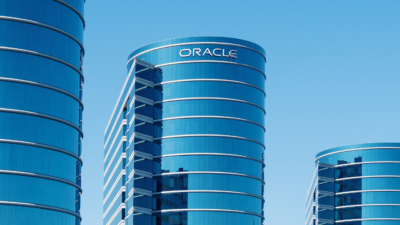Millennial Investors Plan to Beat the Market with ETFs
More than half of millennial ETF investors told Schwab that they can and will outperform boring old index funds.

Sign up for exclusive news and analysis of the rapidly evolving ETF landscape.
They’re young, and they’ve got the skills, and the bills, to beat the market … or so they say.
Seven in 10 millennial ETF investors told Charles Schwab that they are capable of outperforming the market. However, just over half also said they tactically invest, trading to take advantage of opportunities. Most finance pros can’t outperform over time, but maybe the youth have an inside track. Or maybe with age comes wisdom: Fewer Gen Xers and Baby Boomers made such claims, with 53% and 36%, respectively, boasting of market-smashing prowess. They’ve been around long enough to get burned, or at least see it happen to their peers.
“When many of those millennials came into investing, many of them weren’t deeply invested during any significant market downturn,” David Botset, head of strategy, innovation and stewardship at Charles Schwab Asset Management, told ETF Upside at the firm’s Impact conference in Denver. “It will be interesting to see what the [future] data shows if we go through an extended period of downside.”
Diversifying with Niche Funds
It’s not just investment confidence. There are correlations between generation and taste for alternatives and niche ETFs, according to the survey, which included 1,000 ETF investors and 1,000 who don’t own ETFs. Millennials’ interest in such products “in many respects aligns with being more curious about investment opportunities,” Botset said. But there is now, more than ever, an abundance of ETFs focused on single stocks, crypto, real assets and alternatives, and “it’s also about availability.”
Some of the wider findings:
- 62% of ETF investors said they are considering putting the entirety of their portfolio in ETFs.
- 27% of their investments are in ETFs, on average, but they expect that to increase to 34% in five years.
- The biggest sources of funding for new ETF purchases would be individual stocks (62%), mutual funds (52%), individual bonds (40%) and new cash (38%).
Thrift Shop: Among the biggest factors across all generations in choosing specific ETFs is cost, and concern about it ranks highest among millennials, 28% of whom cited it as their most signficant consideration (compared with 16% of Xers and 7% of Boomers). Overall, investors showed a preference for passively managed funds, but that varied by asset class. While passive was the top choice for US equity, fixed income, developed markets equity and crypto, people leaned toward active for emerging markets equity and alternatives. Still, the explosion of active ETFs has presented a lower-cost option for investors who have eschewed active management in the past, in vehicles like traditional mutual funds, Botset noted.
“It’s one of those things that appear to be making active strategies more acceptable to investors, because they are now coming with a lower cost.”











